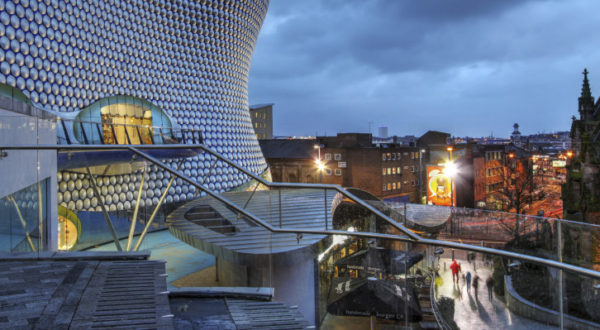The end (of the project) is near
This final contribution by Professor John Bryson on the ESRC-funded Urban Living Birmingham project provides a summary of its achievements in its short timespan – and the ways this research could be built on in future to support the city’s development. This blog is reposted from the Urban Living Birmingham website, where more information about the project can also be found.

It is with both a sense of sadness and satisfaction that I write this blog.
Sadness because the Urban Living Birmingham project has now formally completed – although outputs and outcomes will continue to be produced into the New Year.
Satisfaction because of all we achieved in such a short time. In only 18 months we pioneered an urban challenges diagnostics method, successfully tested it in Birmingham and surprisingly (to us, anyway) revealed an interconnected set of critical challenges, which we termed the Birmingham Plexus. We conducted deep-dives into various parts of the Plexus – not having the time or resources to tackle it in its entirety. We undertook an innovative approach to producing a place-based characterisation of the city that challenged our traditional perceptions. In the process, we uncovered a science-policy gap within the city, particularly pronounced with regard to the medical sciences. We also developed a much clearer picture of what Birmingham doesn’t know about itself because the data are, quite simply, missing. Into all of this we wove the desire for greater engagement between those who live, work and visit the city and the delivery of that city’s services – end-user innovation – (something others in academia had said was impossible) and discovered the key to unlocking it is through group activities (as opposed to those of individuals). We commissioned a unique approach to engaging end users through artist-facilitators and inadvertently discovered that this approach successfully engages a wide variety of individuals and groups – including those who are disengaged and ‘hard to reach’. We also further developed and successfully ‘played’ the Participology game, demonstrating its effectiveness in creating conversations around complicated and evolving issues.

As we look to the future, we see clear areas for future focus that have arisen from this research. These include integrated city systems and the links to sustained economic growth, new and modified technologies to integrate urban systems with social activity systems, the selection of variables needed for accurate urban diagnostics, business model development based on integrated approaches to urban systems, citizen preferences and behavioural change that allow new ways of delivering system solutions so they are accepted and adopted, unlocking group end-user innovation, art-based approaches to engage with hard-to-reach groups, research on groups with alternative lifestyles and their engagement with city systems (for example, shift workers and transportation) and research on firms engaged with the development of urban technologies. It is my sincere hope that we will be able to take this research forward through complementary funding streams.